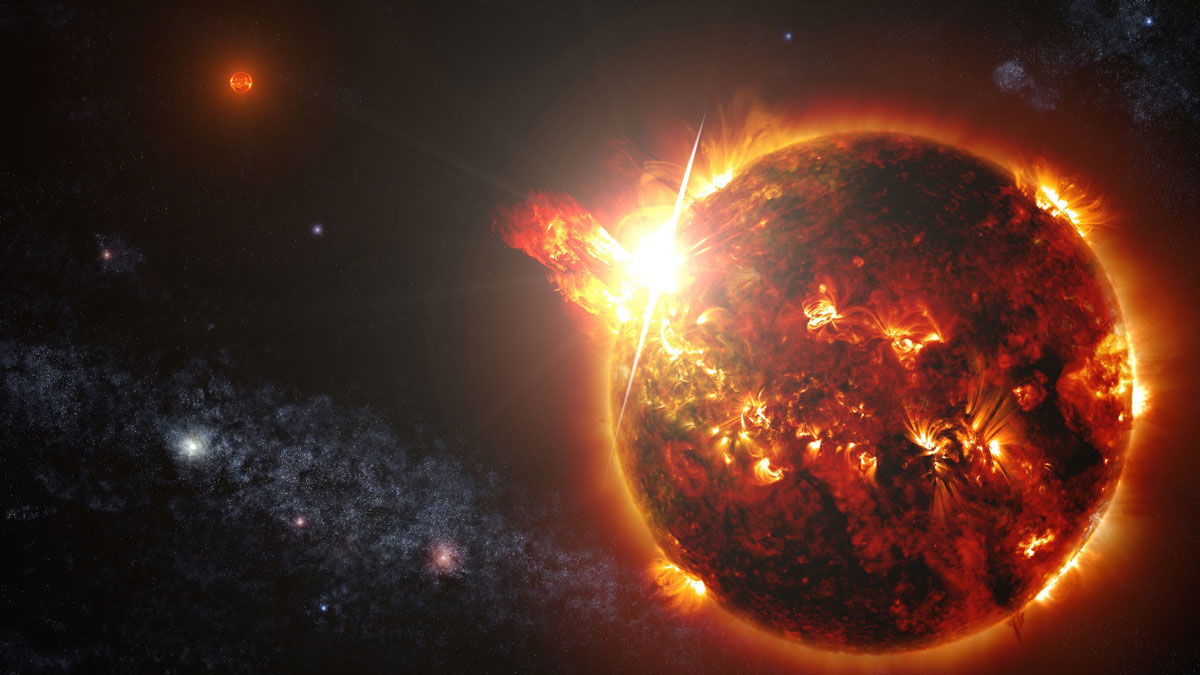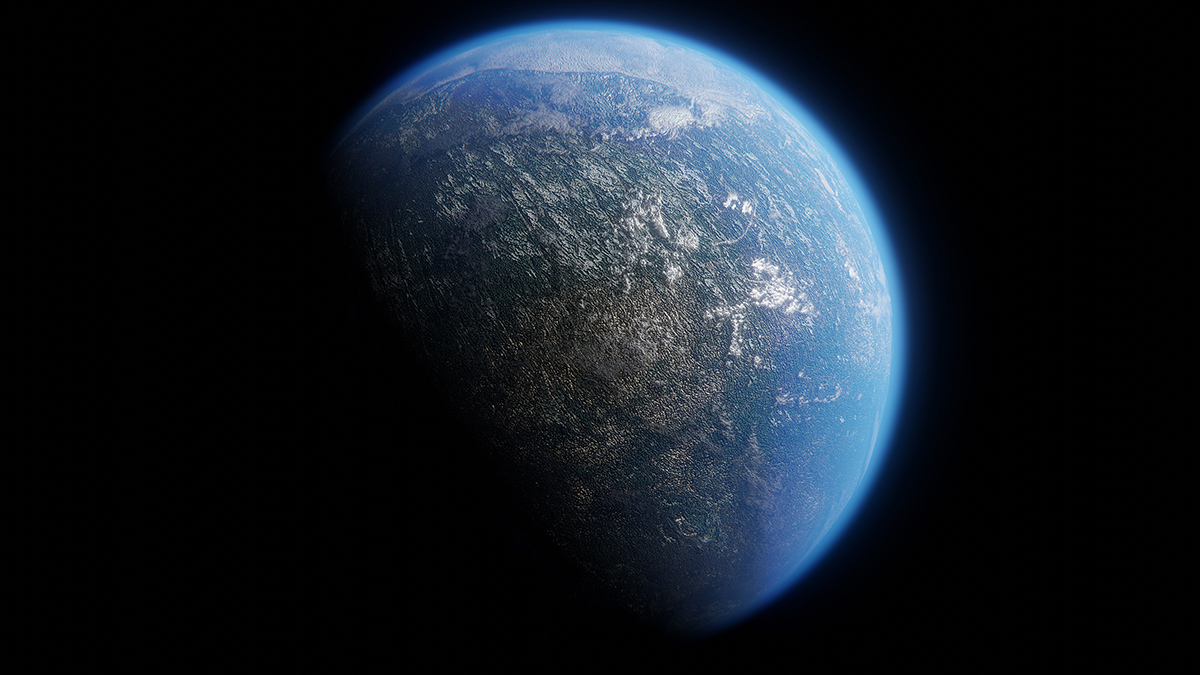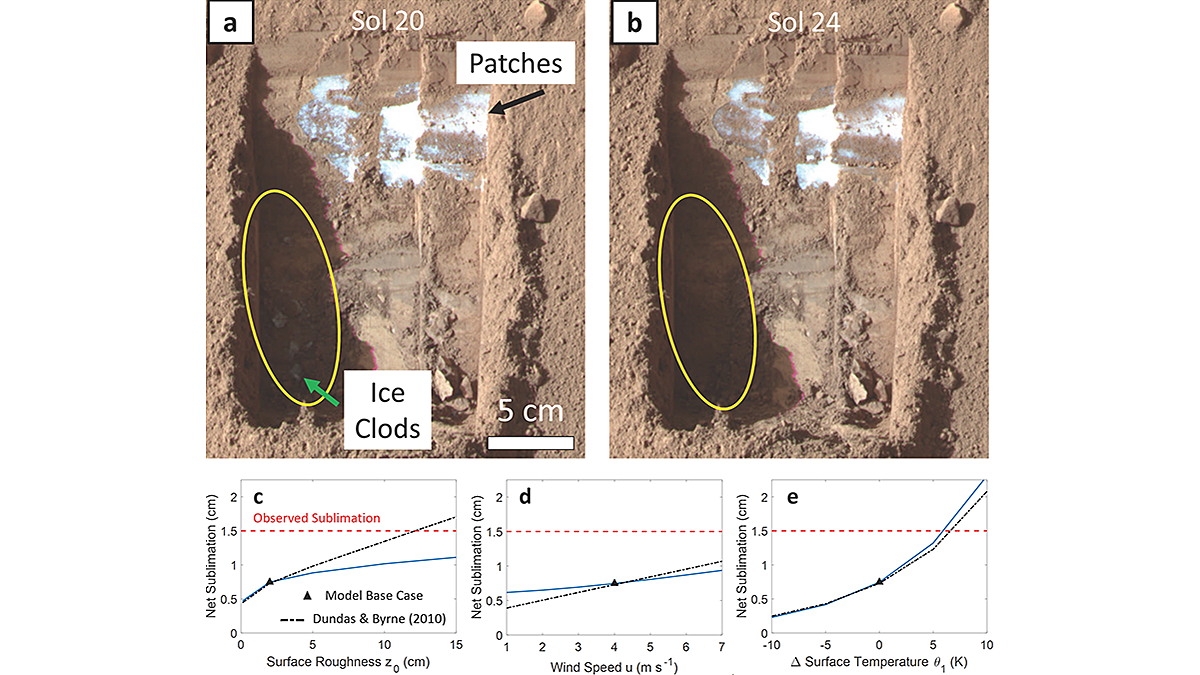A distant white dwarf hosts an Earth-like planet in an orbit that might be similar to Earth’s if it survives the Sun’s red giant phase.
exoplanets
Small Stars Produce Mighty UV Flares
Stronger-than-expected ultraviolet flares could either provide exoplanets the sparks of life or prevent them from having life at all.
Anemic Stars Don’t Host Super-Earths
Planetary systems need the right stuff to make planets, and some stars just don’t have it.
Smells Like an Exoplanet
Hydrogen sulfide, spotted in the atmosphere of the exoplanet HD 189733 b, helps constrain how the planet formed.
Magnetic Barriers Might Explain Mysterious Hot Jupiters
Hot Jupiters might end up very close to stars because a magnetic field halts their progress—and future observations could confirm the idea.
A Magma Ocean Fuels This Exoplanet’s Atmosphere
The finding is an atmospheric first for astronomers but not for the planet.
A Step Closer to Solving the Fermi Paradox
Finding evidence of complex life elsewhere in the Milky Way galaxy hinges on locating rocky planets with plate tectonics and a mixture of landmasses and oceans, new research suggests.
Red-Light-Loving Bacteria Could Expand the Search for Life
Scientists are uncovering genes responsible for oxygenic photosynthesis in cyanobacteria to shift the search for potentially habitable worlds.
Towards a Unified Framework for Earth, Mars, Titan, and Exoplanets
From a simple set of in situ or synthetic data, a general unified model has been developed to calculate turbulent fluxes and evaporation rates on any rocky body with an atmosphere.
Rare “Glory” Possibly Seen on Exoplanet’s Horizon
This rainbow-like atmospheric phenomenon depends on a very specific set of circumstances. It is common on Earth and incredibly rare beyond it.










